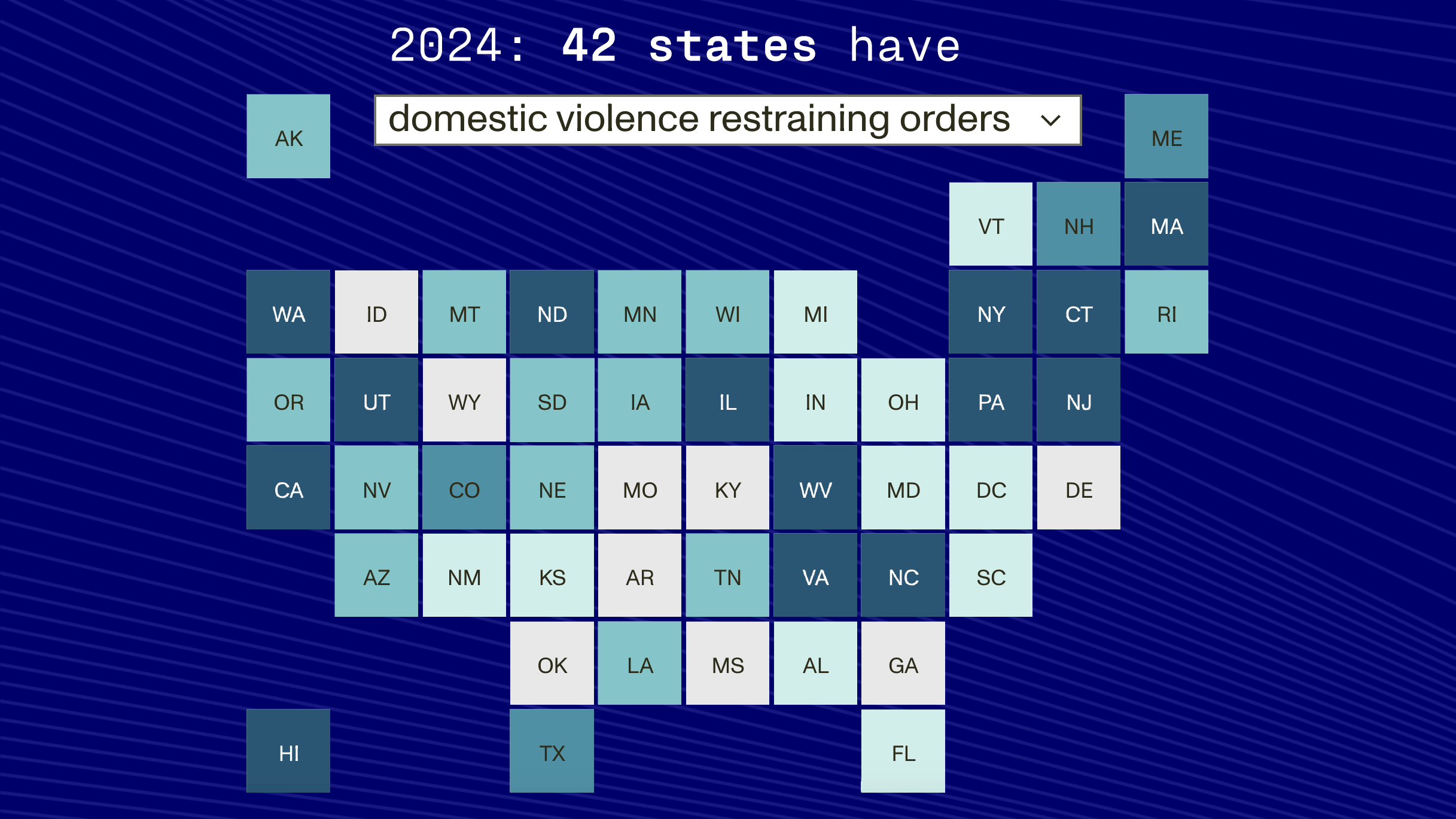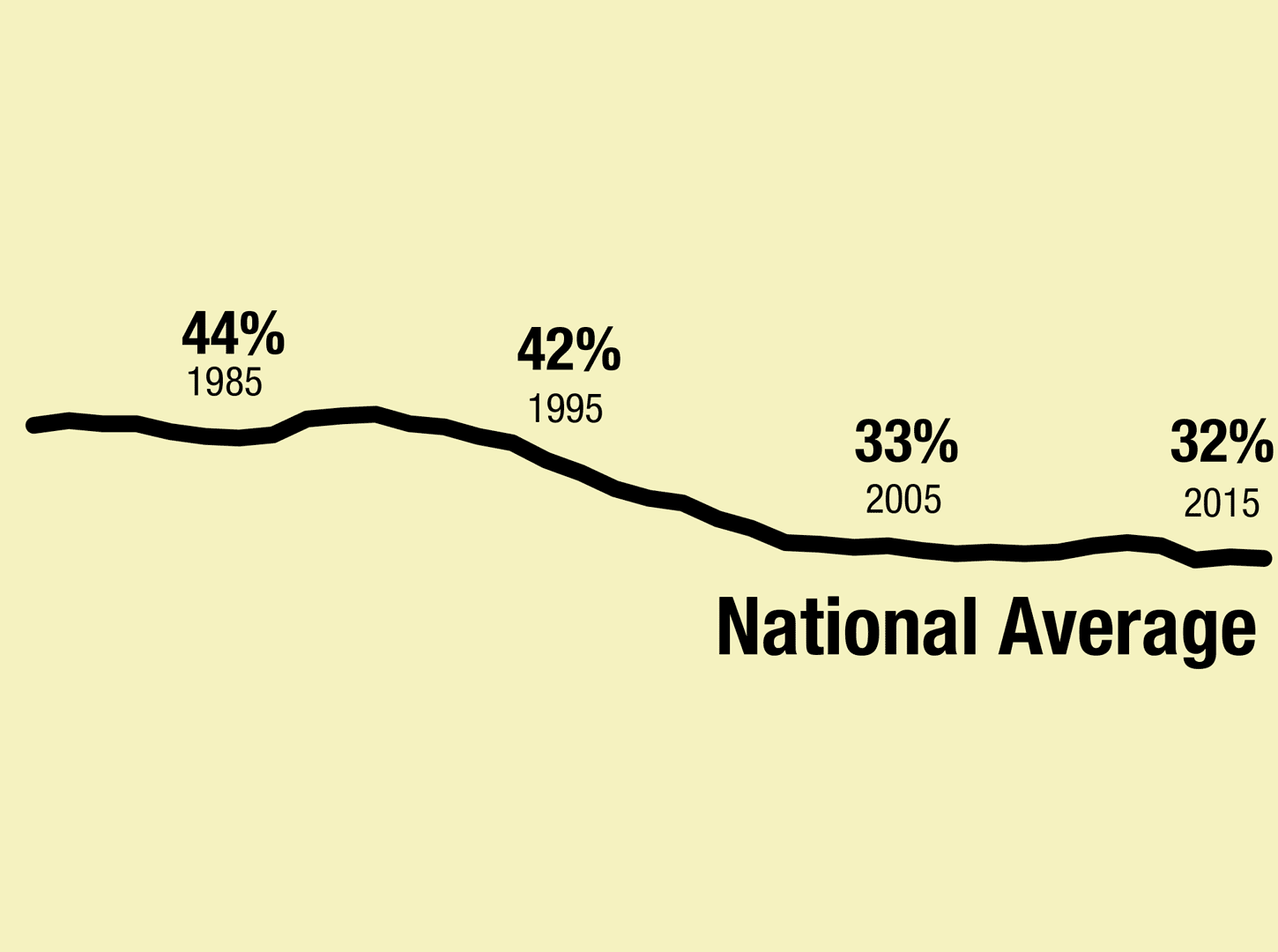Gun Policy in America
A RAND Research Initiative

Latest update
New and Updated Resources on State Firearm Laws
RAND's longitudinal database of state firearm laws has been revised and expanded. The latest version includes information on state and District of Columbia firearm laws from 1979 to January 1, 2024.
An expanded data visualization shows where and when firearm laws were enacted in the United States. This visualization includes 20 classes of law selected from the full database and many law subclasses.
To better support researchers using the data set, a new tool allows users to construct and download their own data extract formatted for time series analysis.
Establishing a Shared Set of Facts for America
RAND's Gun Policy in America initiative aims to establish a shared set of facts about the effects of gun laws to improve public discussions and support the development of fair and effective gun policies.
We have created dozens of resources to help build a foundation of shared facts about gun laws in the United States. Get started with a few highlights:
How Gun Policies Affect Outcomes: What the Evidence Shows
We reviewed thousands of studies to find all available evidence for how 18 different gun policies affect outcomes such as violent crime and mass shootings. Below we show which policies may make a difference, according to methodologically robust research. For example, evidence shows that waiting periods may decrease (blue lines) suicide rates and that concealed-carry laws may increase (orange lines) violent crime. The thicker the line, the stronger the evidence.
Click on a policy, outcome, or connecting line to learn more.
Gun Policies That May Increase Outcomes
Gun Policies That May Decrease Outcomes
-
Child-access prevention laws:
-
Waiting periods:
-
Background checks:
-
Minimum age requirements:
-
Prohibitions associated with domestic violence:
-
Surrender of firearms by prohibited possessors:
-
Extreme-risk protection orders:
-
Bans on the sale of assault weapons and high-capacity magazines:
-
Licensing and permitting requirements:
-
Prohibitions associated with mental illness:





